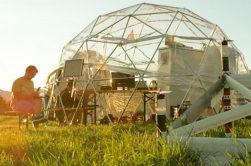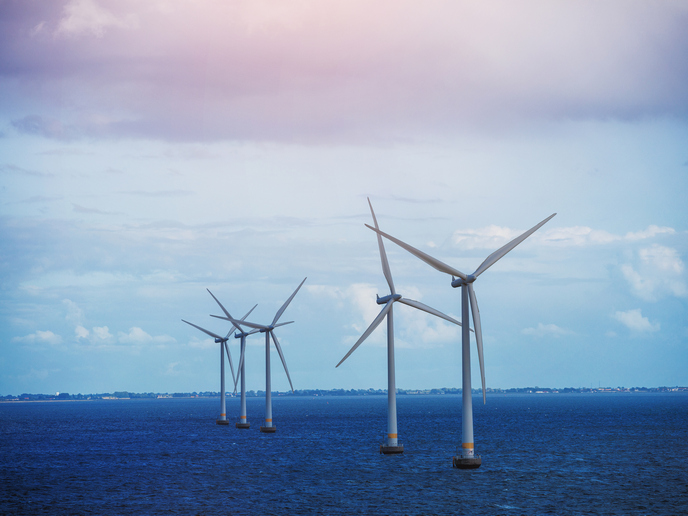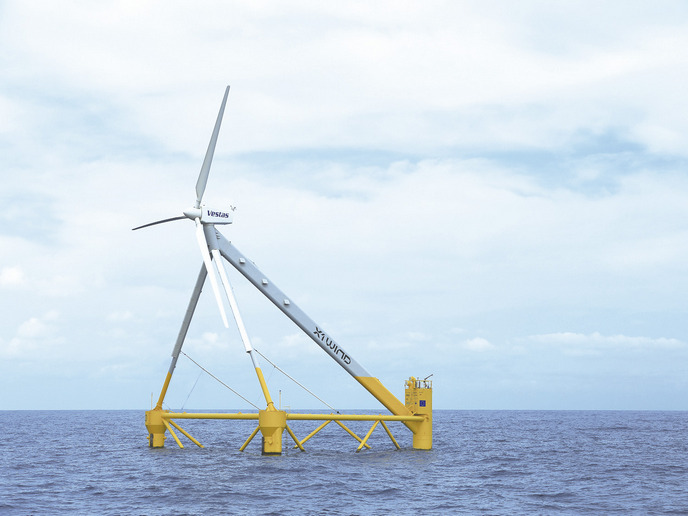High winds for power generation
Climate change needs to be addressed by innovative, efficient systems to generate power from a range of renewable energy sources. These new systems need to provide enough low-cost energy to satisfy current and future demands; however almost all countries still rely on coal and oil. The EU-funded Skypull initiative set out to revolutionise power generation by wind, determined to tap into the uncharted high-altitude winds of the atmosphere. The Skypull team believe that their technology can help lower the cost of energy from wind power when compared to conventional wind turbines or even fossil fuels. Perfecting the ‘Awe Technologies’ dream “Skypull belongs to the so-called ‘AWE (Airborne Wind Energy) Technologies’,” says chief operating officer Marcello Corongiu. “In the late 1970s, Miles L. Loyd had the idea of building a wind generator without a tower, using a flying wing connected to the ground by a tether, much like a kite.” The Skypull team have created one such device of their own design, and figured out how to overcome factors that have hindered this type of energy generation up to now. The researchers designed their high-altitude wind power generation system by perfecting aerodynamic performances of the flying device, incorporating autonomous operation, and deploying a reliable system. They came up with a ground-breaking new type of flying device by creating a “box wing” drone, which maximises lift with minimum drag, at a lower weight and cost. Each of the drone’s wings can change configuration to resemble the wing of a commercial airplane during take-off and landing. Reduced materials’ cost and higher energy production also give Skypull's design a high energy return on energy invested. This means the system is well on its way to replacing conventional wind turbines with much lower masses and better generation performances. Surviving the 'valley of death for start-ups' Skypull faced a number of challenges as AWE technology involves many engineering domains such as aeronautics, materials, autonomous control, and robotics. None of these issues have stopped them, however, as they have developed an efficient, working energy generation system. “The bigger struggle remains finding the financial resources to carry on with the project, as we do not sell anything yet and we are in the middle of the ‘valley of the death’ of start-ups,” says Corongiu. “In this regard the EU SME programme represented a significant and valuable help.” Better than a wind turbine “We consider the lifetime of our system the same as for a wind turbine: 20 years,” says Corongiu. Compared to conventional wind turbines, many of the components are the same including alternators, composites, and electromechanic parts. The Skypull team designed their system to have only one consumable: the ultra high molecular weight polyethylene cables that they need to change periodically. Moreover, the drone can be maintained safely on the ground, compared to a wind turbine that requires added logistical costs due to the hub’s distance off the ground. Looking into the future of energy generation With the help of the EU SME programme, Skypull has validated their business plan and made some significant steps but a lot of work on the technological side remains. They plan to upscale the system and navigate towards market intake.
Keywords
Skypull, wind turbine, drone, wind energy, climate change







